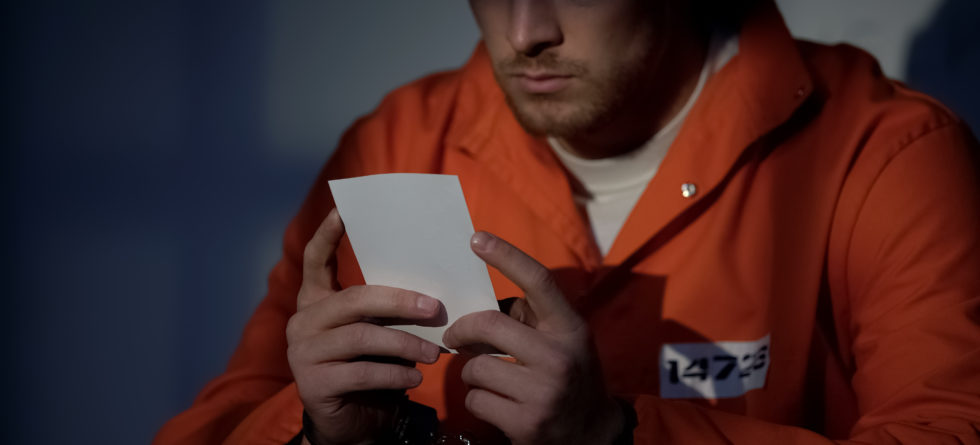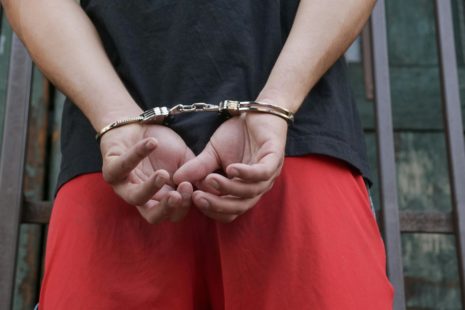When sending pictures to someone in jail, it’s crucial to adhere to the facility’s rules and regulations regarding permissible content.
Some general types of pictures that are often allowed…
1. Family photos – Pictures of family members, including spouses, children, parents, and other relatives, are typically allowed and can be a source of comfort for the inmate.
2. Pet photos – Images of pets can bring joy to inmates, reminding them of beloved animals waiting for their return.
3. Scenery and nature – Non-offensive photos of landscapes, nature scenes, or scenic views can provide a glimpse of the outside world and offer a sense of serenity.
4. Holiday and special occasion photos – Pictures from holidays, birthdays, graduations, weddings, and other significant events can help inmates feel connected to important moments in the lives of their loved ones.
5. Positive and uplifting images – Photos that convey positivity, encouragement, and support can have a beneficial impact on an inmate’s emotional well-being.
6. Non-controversial personal photos – Images that are non-threatening, non-violent, and free from any prohibited content (such as nudity, drugs, or gang-related symbols) are generally acceptable.
Must verify the specific guidelines of the jail or correctional facility regarding the types of photos allowed. Some facilities may have restrictions on the size, format, or content of pictures, so it’s best to contact the facility directly or consult their website for detailed instructions before sending any photos.




